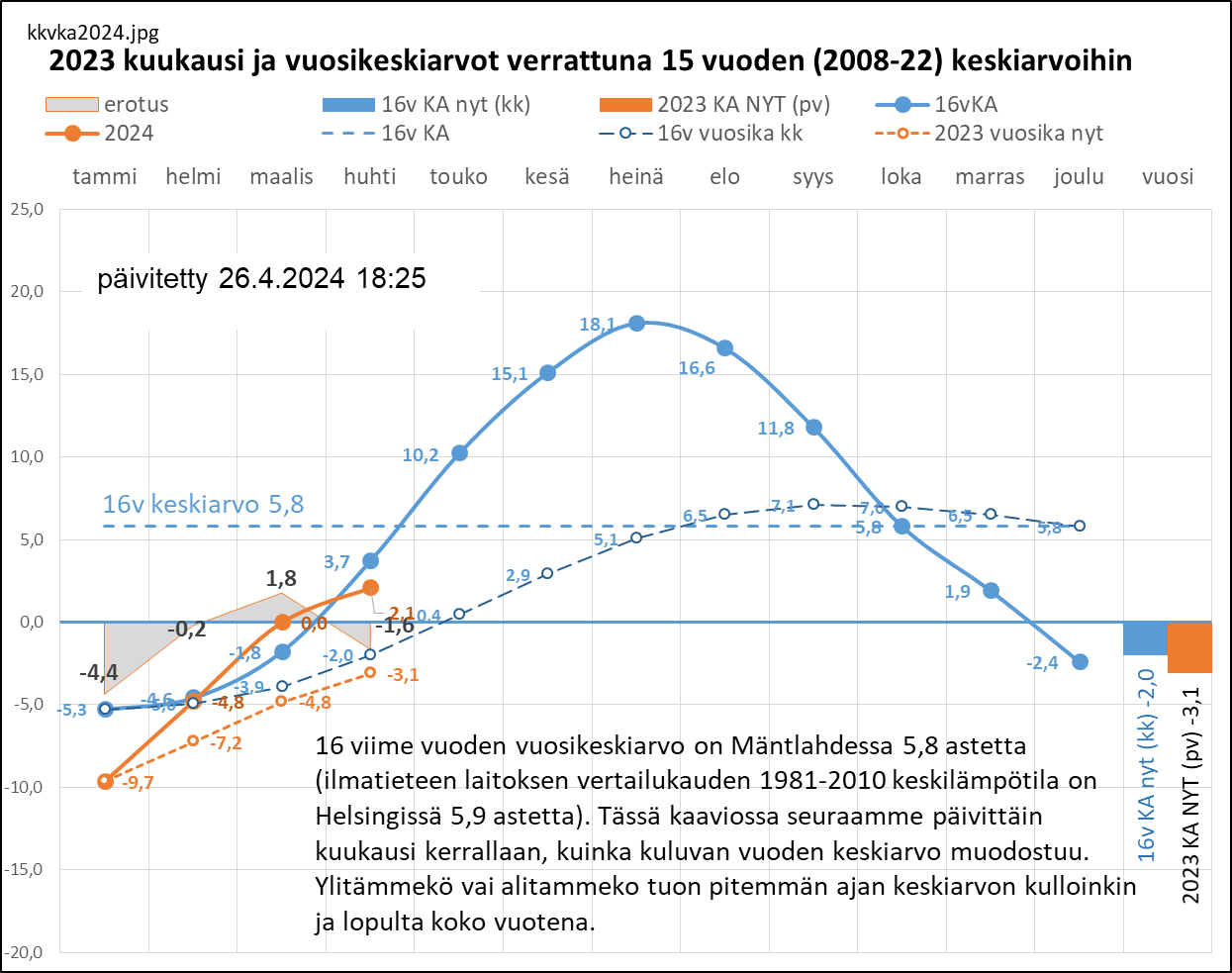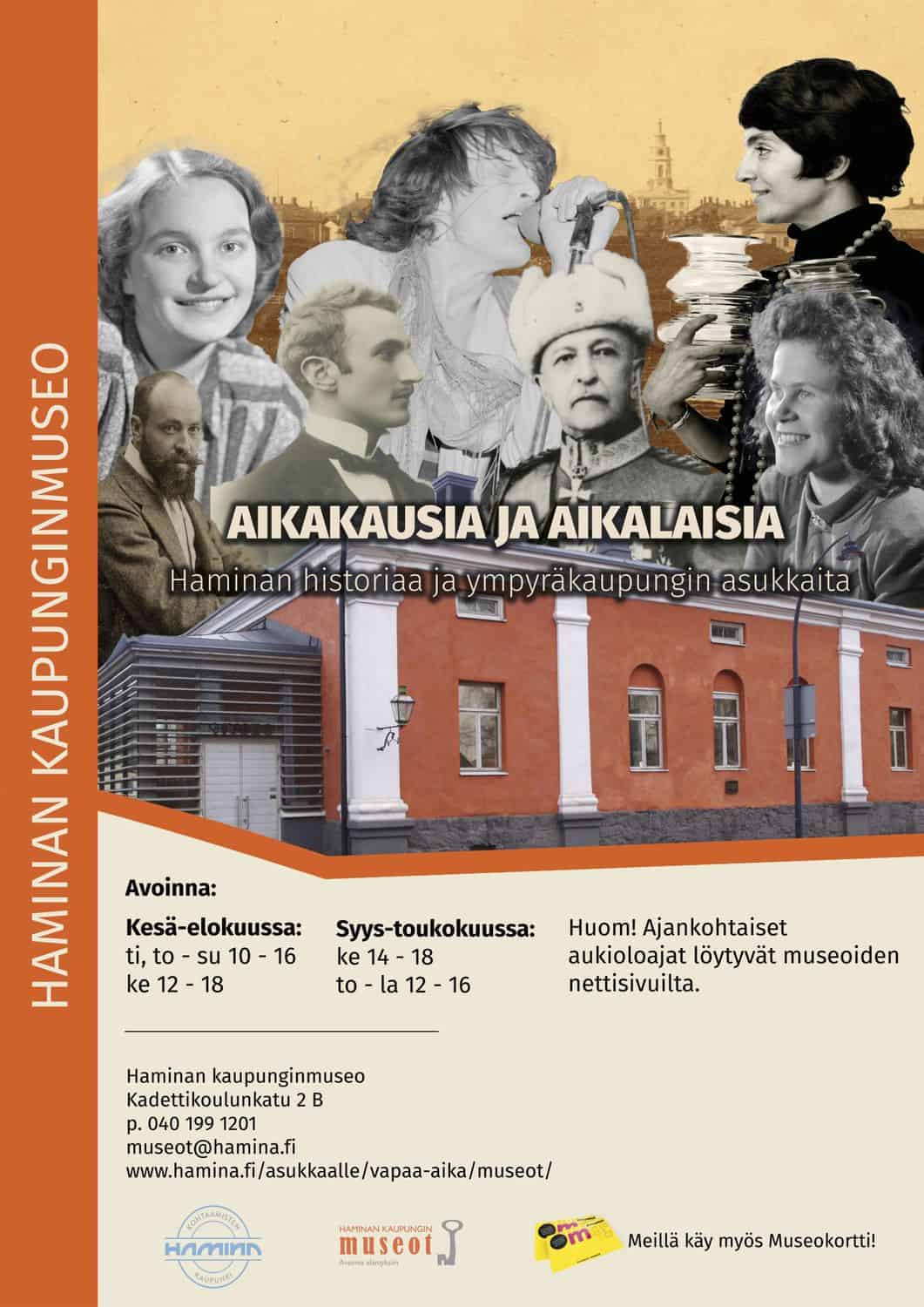During the 1200-century a beaconlight warning system was established to warn the inhabitants of approaching enemies. Pyötsaari’s Vartiovuori-island was an important part of this chain of defence because of its Tonttivuori’s elevated situation. The inhabitants of the island had guard-duty.
Pyötsaari has been inhabited at least from the 1300-century. The land of the island was relieved of tax. The inhabitants were rental farmers. Eventhough the documents don’t show them as owners of Pyötsaari, they had a right to collect taxes from their fishing and hunting grounds. According to old documents the actual owners of the Pyötsaari estate were noble families such as Deke, Ram, Porvoo’s Jakkarila-family, Svanfelt and Greutz.
The island ownership of the people of Pyötsaari spread wide: Small Tytärsaari, Someri, Vasikkasaari, Koivistolla, Aarholma, Vepsu, Pulteri-islands as well as a large number of nearby islands.
The information about Pyötsaari’s early inhabitants are few. From the 1300-century the rental farmers used the surname Huggut. The same name also appears in Pernaja as the name of a family who were relieved from tax duty in 1356. Only the documents from the 1600-century provide more information. In 1624 Lauri Pertinpoika’s family settled in Pyötsaari, they claimed to be gentry and used the name Huggut or Hug Uth (finn. strike out, attack).
In the year 1679 Yrjö Jaakonpoika, descendant of Lauri Pertinpoika, explained about his priviledges at Vehkalahti district court with a ”Vepsu-story”. According to the story the old priviledges of the islanders were a reward for the heroic deed an Huggut ancestor had committed during 1350.
The ownership of the island came into the Pihljärta-family in the 1700- century. Pyötsaari’s last Huggut Matti Matinpoika perished during a war in 1742-43. His daughter Anna was married to Matti Sigfridinpoika Pihljärta who was a member of the noble family Tepponen from Husula.
They bought Pyötsaari in 1771 and moved to live there. They settled on the island so well that some of the family members tried to aquire back the old Huggut-name during 1800-century. They were of the Huggut-family from their ancestress side of the family.
During the decades the island has been marked as Pihljärta’s island and an estate owned by one gentry.
Mervi Hyppänen, translation in English Kati Forknall




Uusimmat kommentit